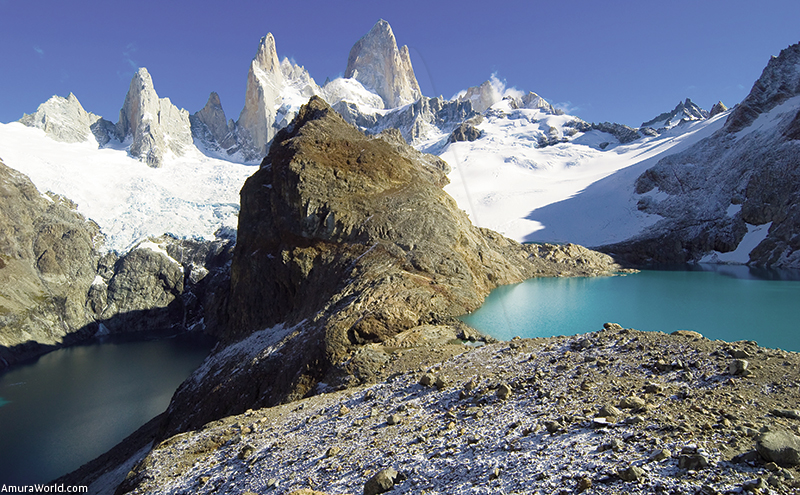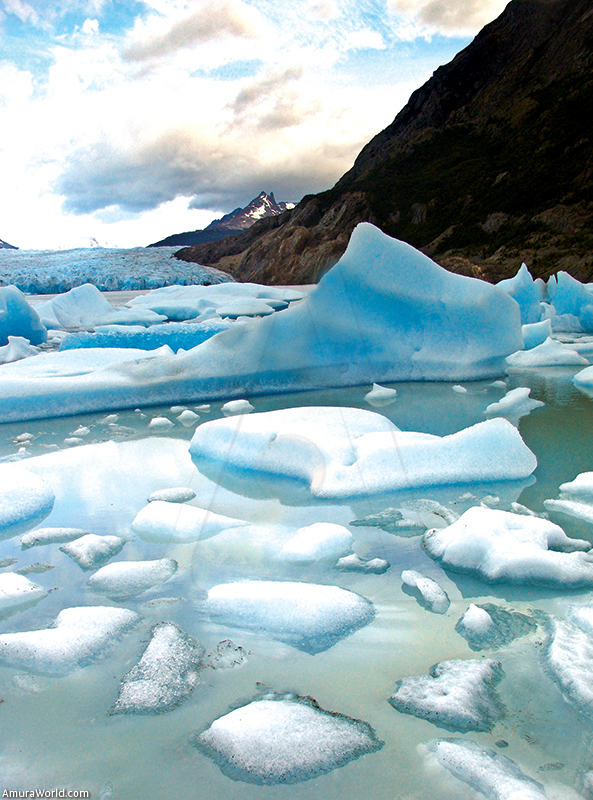On board
• Patagonia represents an extraordinary marine adventure because its territories allow voyages to last fordays. It is recommendedto take sports clothes because the nights can be cold in some areas; therefore, it isnot a bad idea to pack sweaters, long pants, etc. Chileans and Argentineans can travel with a valid identity card, whereas the requirements for other nationalities vary depending on tourists' countries of origin. Consult the embassy before planning your trip.
• Patagonia as a destination lends itself very well to extreme and nautical sports, from sailing, diving, fishing and other competitions. There aremany regions that have clubs that specialize in these types of activities. On arrival at their final destination, visitors can consult the availability of excursions to sail to the closest and most fascinating regions. There are also ferry and cruise services, aswell as the rental ofmotor and sailing yachts.
• For water sports, the Patagonian continental sport fishing regulations stipulate that fishermen are required to carry a fishing permit bearing the corresponding fiscal stamp and a photograph or identification of the fisherman, whichmust be shownwhen required by the controlling authorities. Fishing can only be done during daylight hours and fishermenmust consult the dates of the nearest fishing season.
• Patagonia has certain restrictions throughout its territory, such as fishing fromvessels on lakes or lagoons within an imaginary circle of 200 meters radius fromthe center of their sources ormouths. Fishermen from abroad or from other regions of the countrymust onlyusenewequipment, aswell as washing and disinfecting them when moving fromone Patagonian basin to another.
Treasures
• The icons of the natural wonders of Patagonia, glaciers are the area's main attractions. The Los Glaciares National Park is home to ice fields that occupy 2,600 km2 and advance across two large areas of water, Lakes Viedma and Argentino. Without a doubt, the PeritoMoreno icewall is one of the best known with an extension of 230 km2. In 1981, UNESCO declared the area of continental ice and glaciers aWorld Heritage Site.
• One of the most fascinating attractions in Chile are the Geysers del Tatio, a volcanic field located in the Andeanmountain range. At 4,000meters above sea level: Their peak time is between 05:30 and 07:00 in the morning when the jets of water easily reach heights of 10 meters. Morning temperatures are very low; therefore,warmclothing is recommended; however, there are thermal wells close to the geyserswere visitors can enjoy a quick dip, so be sure to take your swimming costume and sun cream.
• From natural beauty and impressive visual attraction, Fitzroy mountain, located on the Chilean- Argentinean border in the Patagonian region, represents a challenge for mountaineers since it is considered to be one of the most difficult mountains to climb in the world. Commonly known as Chaltén Mountain, its spectacle can be appreciated by climbing its crests and aristae between glaciers and clouds that take onwonderful colors in the sunlight. Famed for its extreme difficulty, it was first conquered in 1952 and it is presumed that Fitzroy is only climbed successfully once or twice a year.
• Among the natural wonders in Chile, we find ourselves in the Torres del Paine National Park, declared a Biosphere Reserve in 1978 by UNESCO, which is located in the XII Magellan’s Region and is considered internationally to be one of themost beautiful places in the area. It has a spectacular relief and is highly recommended for those who enjoy ecotourism and adventure sports. The park can be visited all year round although the spring and summer of the best weather conditions.
Text: AMURA ± Photo: Flickr.com



